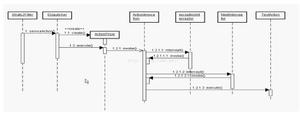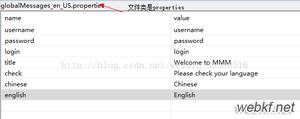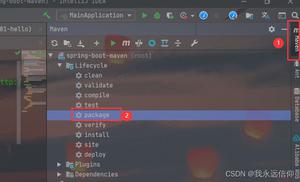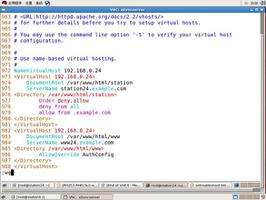【JS】VueRouter——导航守卫拦截(六)
前言:
本篇为使用导航守卫和路由元信息编写的demo,用途是做拦截和询问,本篇中涉及的知识在上篇及上几篇中均有详细说明。如果对于某些知识不是很了解可以到前面的篇章中学习,或者留言给我。
源码地址:https://github.com/coder-Wang...
clone时切换到分支6.导航守卫拦截,具体操作:
git clone -b 6.导航守卫拦截 https://github.com/coder-WangYu/vue-test-code.git1.先看看效果
1.1 访问控制

1.2 登录

1.3 访问需要权限页面

1.4 离开询问

2.源码解读
其实很简单,但这里还是说几个关键点吧。
router.js:
路由配置:
{path: '/about',
component: () => import("../components/about.vue"),
meta: {
requestFlag: false,
leaveFlag: true,
},
},
{
path: '/hy',
component: () => import("../components/hy.vue"),
redirect: '/hy/jd',
children: [
{
path: 'jd',
component: () => import("../components/hy/jd.vue"),
meta: {
requestFlag: true,
},
},
],
meta: {
requestFlag: true,
},
},
{
path: '/login',
component: () => import("../components/login.vue")
},
全局守卫:
router.beforeEach((to, from, next) => {let haveFlag = to.matched.some(item => item.meta.requestFlag)
if (haveFlag) {
document.cookie.includes('=') ? next() : window.confirm("需要登录才能浏览,是否登录?") ? next('/login') : next(false)
} else {
next()
}
})
login.vue:
<template><div class="login">
<input placeholder="请输入用户名:" v-model="username"/>
<input placeholder="请输入密码:" type="password" v-model="userpwd"/>
<button type="button" @click="submitInfos">提交</button>
<button type="button" @click="resetInfos">重置</button>
</div>
</template>
<script>
export default {
data() {
return {
username: '',
userpwd: '',
}
},
methods: {
submitInfos() {
document.cookie = this.username + '=' + this.userpwd
window.confirm(`欢迎您${this.username},是否回到刚才的页面?`) ? this.$router.go(-1) : this.$router.go(0)
},
resetInfos() {
this.username = ''
this.userpwd = ''
}
}
}
</script>
about.vue:
<template><div class="about">
关于
</div>
</template>
<script>
export default {
beforeRouteLeave : (to, from, next) => {
from.meta.leaveFlag ? window.confirm("确定残忍离开?") ? next() : next(false) : next()
}
}
</script>
首先,在router.js中,使用全局守卫进行拦截,这样能够降低代码的冗余度。虽然组件内守卫和路由独享守卫也能实现这样的效果,但同样的代码会出现很多次。所以全局守卫最为适用。
其次,在嵌套路由中设置meta时,需要为其子路由也设置meta;因为如果只在父级路由中设置meta,那么通过在地址栏中输入子路由的path的方式也能够自由的进入。
在读写cookie时,通常是由后端完成的,为了实现效果,就如代码中所示的操作了。还请不要学我!!!
后序:
关于路由,预计再有两章就结束了。希望我的VueRouter中的内容还算充实,也希望能够给看到这些文章的朋友带来帮助。最后如果文章或源码有问题请及时留言,互帮互助才能不断进步!谢谢各位看官了~~~
Keep foolish, keep hungry.
以上是 【JS】VueRouter——导航守卫拦截(六) 的全部内容, 来源链接: utcz.com/a/91864.html









